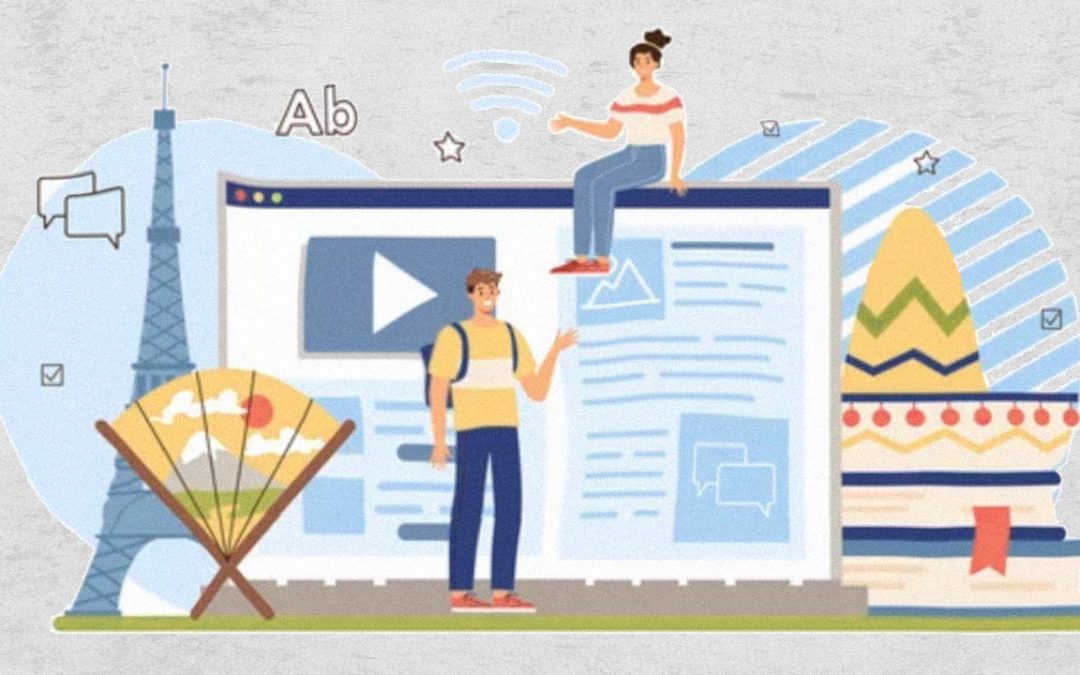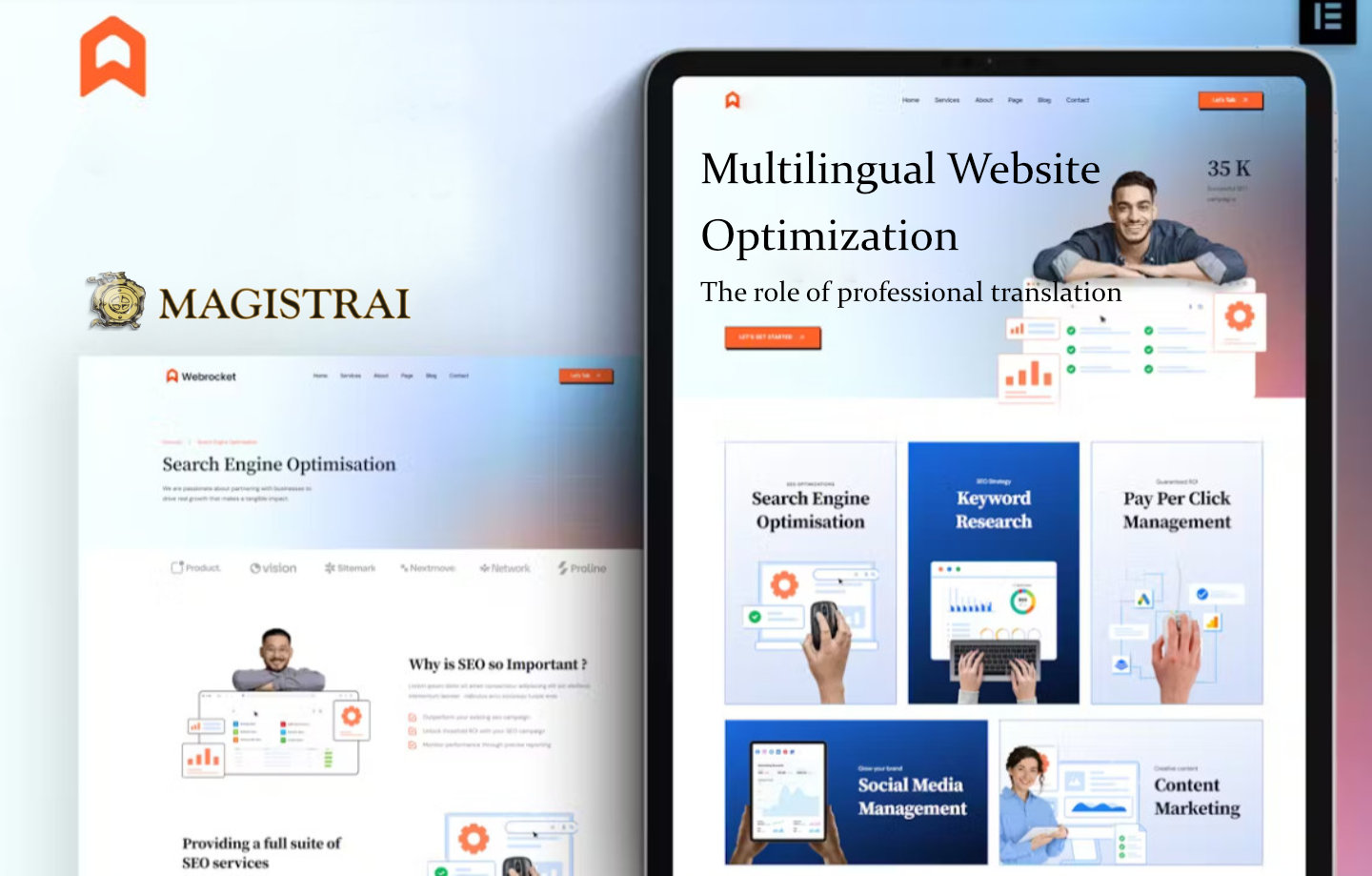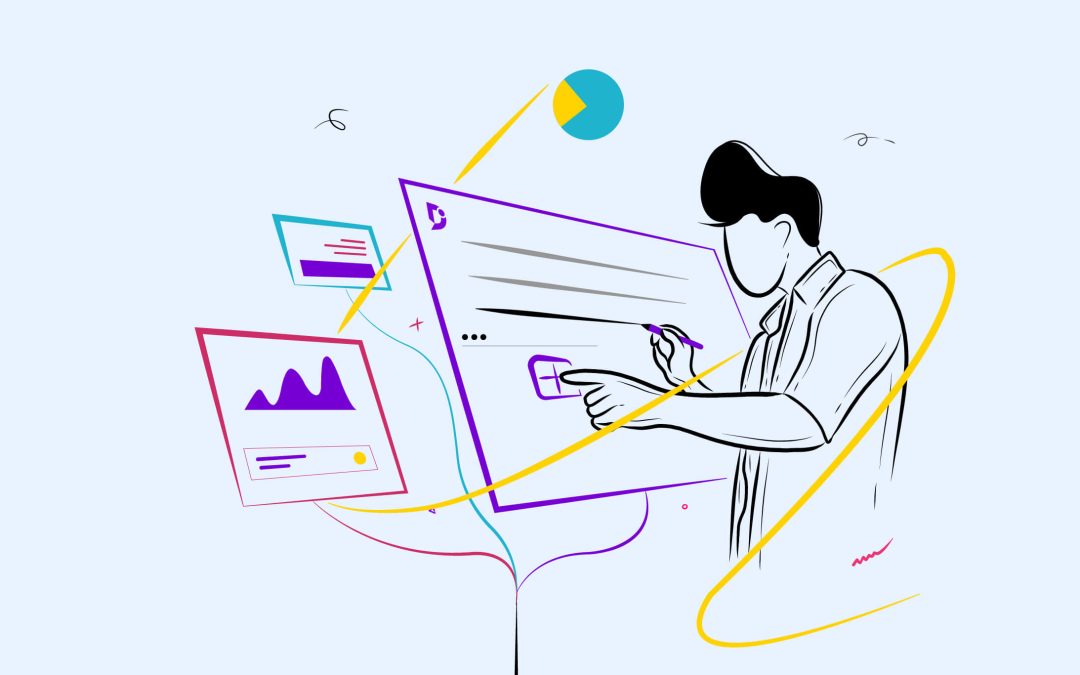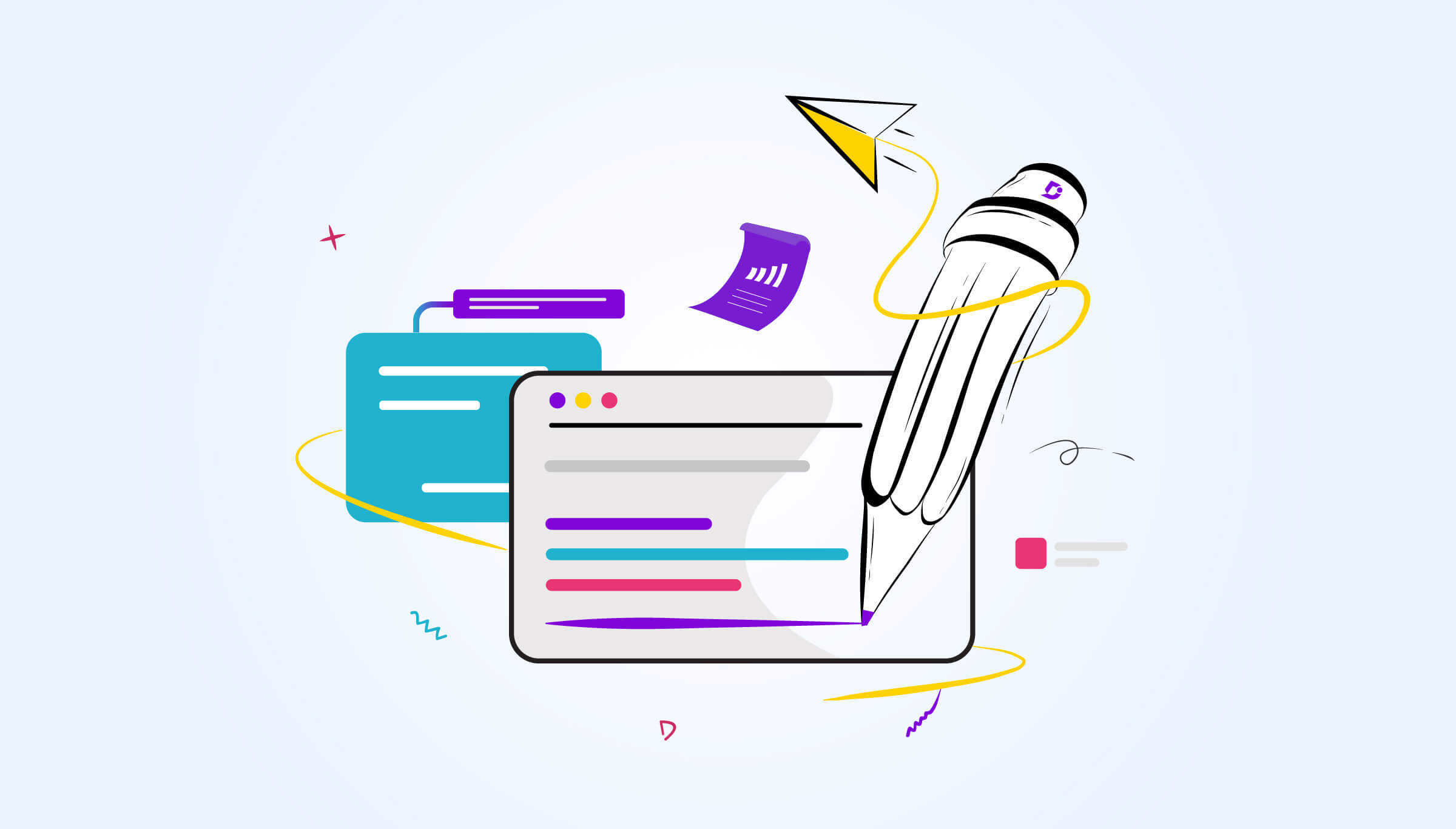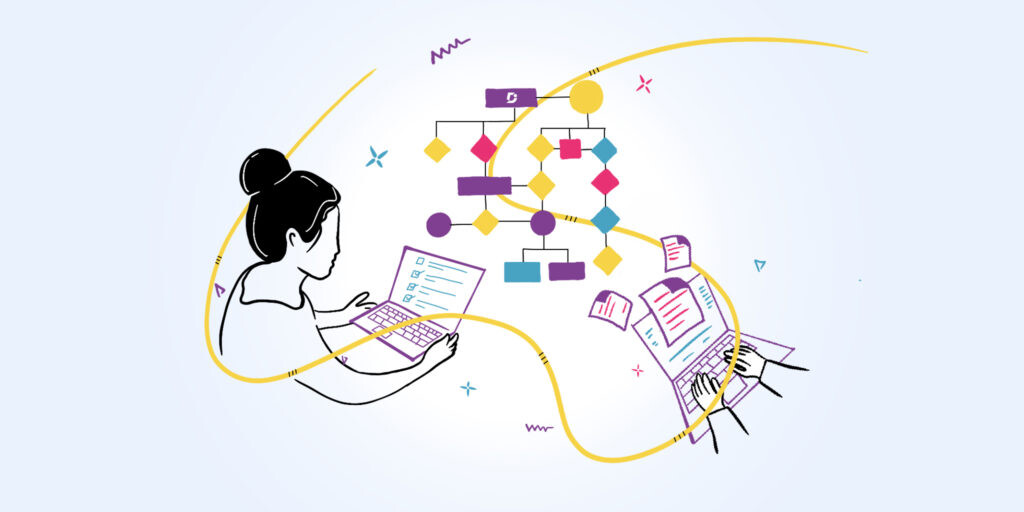
Translating Learning Materials as a Great Equalizer of Opportunity
Translating Learning Materials as a Great Equalizer of Opportunity
How Translators Contribute to Academic Achievements in Poorer Regions

The challenge of giving global access to the most in-demand knowledge
Education is a strenuous process for both teachers and students. We rarely appreciate that learning is like building new habits — something we seldom naturally enjoy. Far from it — we often fail to muster enough discipline to carry through changes we passionately desire. So every sweetener on the way we can put our hands on may determine success on this sweaty path. This is where we come across the hidden role of translators in the arduous yet vitally important pedagogical process.
Linguistic Gaps in Education and How to Bridge Them
The primary job of translators in education is to bridge the linguistic gaps. With the increasing mobility of students and the expansion of online learning, educational content needs to be accessible in multiple languages to reach a wider audience. Professional translation services play a pivotal role in this process. They ensure that textbooks, lectures, online courses, and academic papers are accurately translated, maintaining the integrity of the original material while making it understandable to non-native speakers.
Also read: “Translation and Proofreadng for Reputation Management”. The article highlights how challenges and solutions in translaton contribute to the reputation of organizations and individuals alike.
Global Access to Knowledge
Accessibility in education goes beyond the availability of learning materials in languages that students understand best. As we need to absorb increasing amount of new knowledge, textbooks should be easier to learn from than in the past. This is a new task before translators of textbooks. They need to take into account potental stumbling blocks when grasping the material and do their best to assist students by making the ideas more clear. The ways to do that is as fluent and as simple language as possible, local cases in point, adapting the narrative to local perception. All that makes the reading more native and thus less stressful. Lack of stress is a major contributor to success in learning.

Equal Education Opportunities Across Countries and Regions
One of the modern demands for contemporary translations is to localize the learning material and thus help students to absorb.
Fostering Global Collaboration and Cultural Exchange
The second task of translation in education is to facilitate international collaboration and cultural exchange among students and educators. Through translated pedagogical materials, both students and teachers are exposed to different perspectives and ways of thinking, enriching their educational experience. This exchange is crucial for developing a global mindset and preparing students for an international career.
In addition, professional translation assists in sharing research findings and academic discourse across languages, fostering collaboration and innovation. By breaking down language barriers, translation services expand the reach of knowledge in both how to teach and the means to learn. For example, international platforms such as Skillshare, Coursera, Udemy, and even Youtube offer a awide array of tutorials and courses. Translating them may be a great way to give access to the instant spread of cutting-edge knowledge.
Link Suggestion: “Returning to Childhood” gives you a glimpse on the smartest ways polyglots use to learn languages.
Supporting Non-Native Speakers in Multilingual Classrooms
The diversity of languages spoken in classrooms around the world presents both opportunities and challenges for educators. Professional translation of learning materials can greatly contribute to the development of struggling regions. Education is by far the best development boost a country may get. Translation of the cutting edge knowledge is assistance to acquire skills that are highly in demand and are handsomely paid in the international markets. This is a solid chance to change fortunes for struggling regions.
Conclusion
The role of translation in education both increased and is dramatically transformed. Today‘s translators are little less than pedagogues, authors of textbooks. It is expected of them that they smooth the learning curve and thus help students with their task to absorb an increasing amount of knowledge and master complex skills.
On the other hand, the realities of the globalized world demand instant spread of cutting edge knowledge which levels up the playing ground for developed and developing regions, and serves as a great equalizer of opportunity both within countries and on a global scale. This is where translators play a vital role.

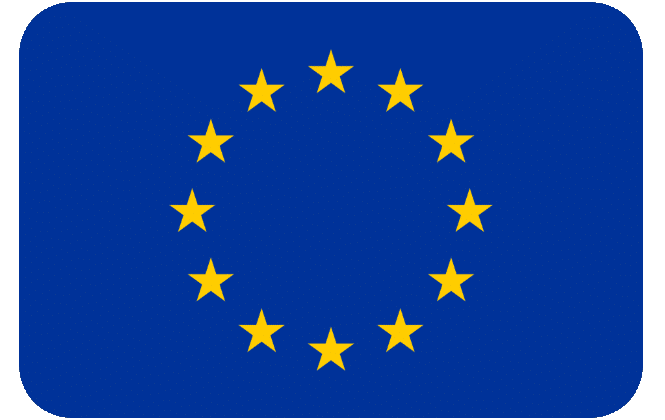 Official Translators for EU Institutions
Official Translators for EU Institutions


